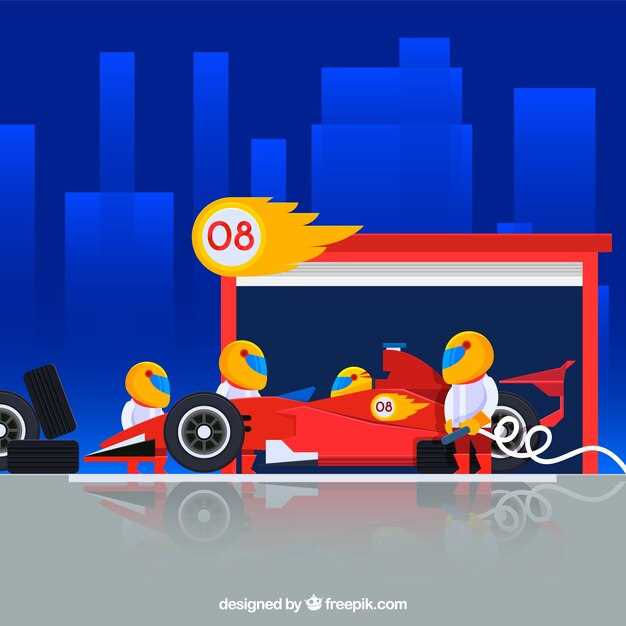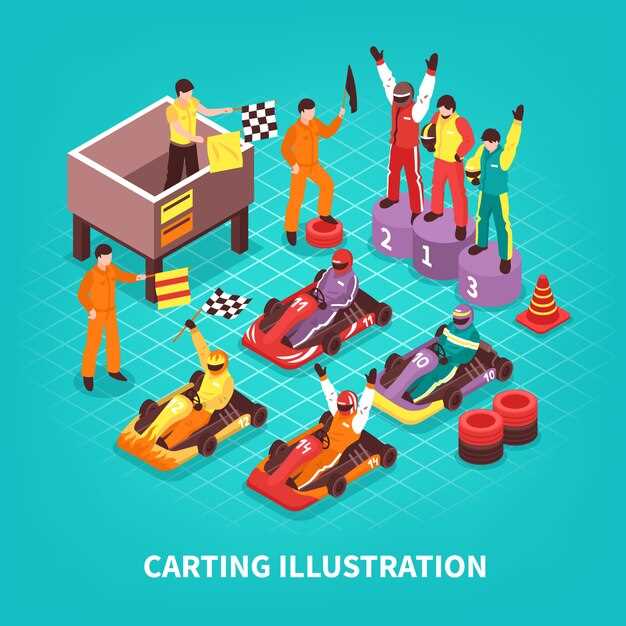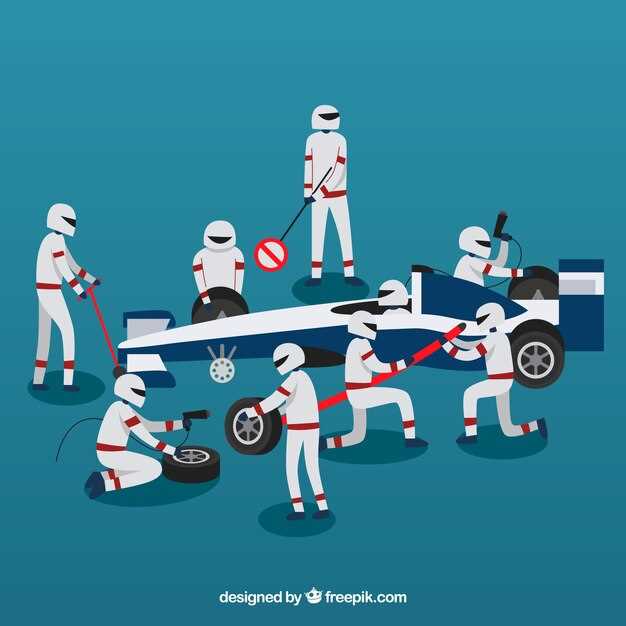
Formula 1 (F1) and IndyCar are two of the most thrilling motorsport series in the world, captivating audiences with their high-speed action and advanced technologies. While both share a common goal of racing on open circuits, there are fundamental differences in their structure, regulations, and driving experiences that set them apart.
One of the most significant distinctions between F1 and IndyCar lies in their racing venues. F1 primarily takes place on a mix of permanent road courses and street circuits, each meticulously designed to challenge drivers with varied layouts and technical demands. In contrast, IndyCar is renowned for its emphasis on oval tracks, showcasing races that often feature high-speed left turns and thrilling overtaking maneuvers. This choice of circuits directly influences the racing strategies and car designs inherent to each series.
Another key difference is the engineering philosophy behind the cars. F1 cars are highly specialized and designed for maximum aerodynamic efficiency, utilizing cutting-edge technology that often leads to rapid innovation. Conversely, IndyCar vehicles employ a more standardized approach, with manufacturers subject to specific regulations that promote closer competition and reduce costs. This contrast creates unique challenges for drivers, as they adapt to different handling characteristics and performance dynamics on the track.
Ultimately, both F1 and IndyCar offer distinct experiences for fans and competitors alike. Understanding these differences allows enthusiasts to appreciate the unique elements that make each series a standout in the realm of motorsports.
Engine and Design Specifications Between F1 and IndyCar
When comparing the engine and design specifications of Formula 1 (F1) and IndyCar, several key differences emerge that highlight the unique nature of each racing series.
Engine Types: F1 utilizes highly sophisticated hybrid power units, which combine a turbocharged 1.6-liter V6 internal combustion engine with an Energy Recovery System (ERS). This system captures energy from braking and exhaust, allowing the car to produce up to 1,000 horsepower during races. In contrast, IndyCar employs a simpler engine format, relying primarily on a 2.2-liter twin-turbo V6 engine, with power outputs around 700 horsepower, without the hybrid components.
Performance Focus: F1 engines are designed for extreme performance, emphasizing not only raw power but also efficiency and technological advancements. This focus leads to advanced materials and intricate engineering, which are crucial given the complex aerodynamic requirements of F1 cars. IndyCar’s design, however, prioritizes close racing and cost-effectiveness, which results in less intricate engine specifications and a more straightforward approach to performance.
Aerodynamics and Chassis: F1 cars feature highly specialized aerodynamic designs, optimized for downforce and cornering efficiency at high speeds. Each component, from the front wing to the rear diffuser, is meticulously crafted to enhance airflow and provide maximum grip. In contrast, IndyCar designs are more standardized, using a universal chassis to ensure competitive parity among teams. This leads to less variation in design, but promotes closer racing, as multiple drivers can contend for victory on similar setups.
Weight Parameters: F1 cars are generally lighter than IndyCars, weighing around 752 kg (1,658 lbs), including the driver. This reduced weight allows for quicker acceleration and superior handling. IndyCars, on the other hand, have a minimum weight of approximately 1,600 lbs, which results in different handling characteristics and competition strategies. The design philosophy reflects the balance between power and weight management essential for each racing format.
Fuel Regulations: F1 imposes strict fuel regulations, limiting the amount of fuel consumed during the race and focusing on energy recovery, which significantly impacts engine tuning and strategy. IndyCar regulations provide teams more leeway with fuel limits, allowing for a wider range of engine performance tuning throughout the race, often leading to varied pit strategies based on fuel consumption.
In conclusion, the distinct engine and design specifications of F1 and IndyCar not only reflect their respective racing philosophies but also influence the performance and excitement of the races. Each series offers its own unique challenges and showcases different aspects of motorsport engineering.
Race Formats and Circuit Types: How F1 Differs from IndyCar

The racing formats and types of circuits in Formula 1 (F1) and IndyCar showcase significant differences that influence the driving experience and strategies employed by teams. F1 races typically consist of a series of practice sessions, a qualifying round, and a main race, which usually lasts around 90 minutes to two hours. In contrast, IndyCar races often feature fewer practice sessions and a straightforward qualifying format, followed by a race that can last anywhere from 1.5 to 3 hours, depending on the event.
F1 circuits are predominantly permanent racetracks, often located in multiple countries and designed to challenge drivers with a mix of high-speed straights and technical corners. The F1 calendar includes iconic tracks such as Monaco and Silverstone, which are known for their unique characteristics and rich histories. In comparison, IndyCar predominantly races on oval tracks, which facilitate high-speed competition and close racing. While IndyCar also competes on road and street courses, the emphasis on oval racing sets it apart from F1.
Additionally, F1 utilizes a points system that rewards drivers and teams based on their finishing positions, with a maximum of 25 points awarded to the winner. This contributes to a season-long championship battle that is heavily influenced by each race’s performance. Meanwhile, IndyCar employs a different points structure, with points awarded for pole positions and leading laps, encouraging drivers to compete fiercely throughout the entirety of the race.
In summary, the distinct race formats and circuit types between F1 and IndyCar not only shape the drivers’ strategies and skills required but also create a unique spectator experience that appeals to different audiences in the world of motorsport.
Team Dynamics and Driver Strategies in F1 vs. IndyCar

In both Formula 1 and IndyCar, team dynamics and driver strategies are pivotal for success, yet they manifest in distinct ways due to the inherent differences in each series.
Team Structure: Formula 1 teams typically consist of large, specialized crews, with numerous engineers and mechanics dedicated to various aspects of the car’s performance. In contrast, IndyCar teams tend to be smaller, relying on versatile personnel who often take on multiple roles. This leads to a different atmosphere where collaboration is essential, but resources can be more limited.
Driver Input: In F1, drivers often have a significant say in the development and setup of their cars. As race weekends progress, feedback is crucial in fine-tuning performance, which can include a wide array of adjustments. In IndyCar, while driver feedback is still vital, the limited time available for practice sessions can restrict extensive changes. Drivers in IndyCar must be more adaptable, quickly learning how to handle their vehicles under varying conditions.
Race Strategy: Race strategies in F1 are heavily influenced by predictive analytics and simulations. Teams meticulously plan tire strategies and pit stops based on real-time data, aiming for the best possible track position. Conversely, IndyCar races often feature more dynamic strategies due to the influence of caution periods and the variability of race lengths. Teams must remain flexible and responsive, making real-time decisions that can dramatically alter race outcomes.
Communication: Effective communication is crucial in both series but takes different forms. In F1, the team uses advanced telemetry to monitor car performance, allowing instant feedback from drivers. IndyCar teams, on the other hand, rely more on radio communication and face-to-face discussions during pit stops, where split-second decisions can define the race.
Driver Relationships: In F1, relationships can be competitive, with drivers often rivals within the same team. The pressure to outperform teammates can sometimes lead to conflict. In contrast, IndyCar tends to emphasize camaraderie among drivers, especially in smaller teams, where cooperation can be essential for overall performance and team success.
Ultimately, while both F1 and IndyCar share commonalities in team dynamics and strategy, the execution in each series reflects their unique characteristics, requiring distinct approaches to achieve victory.











